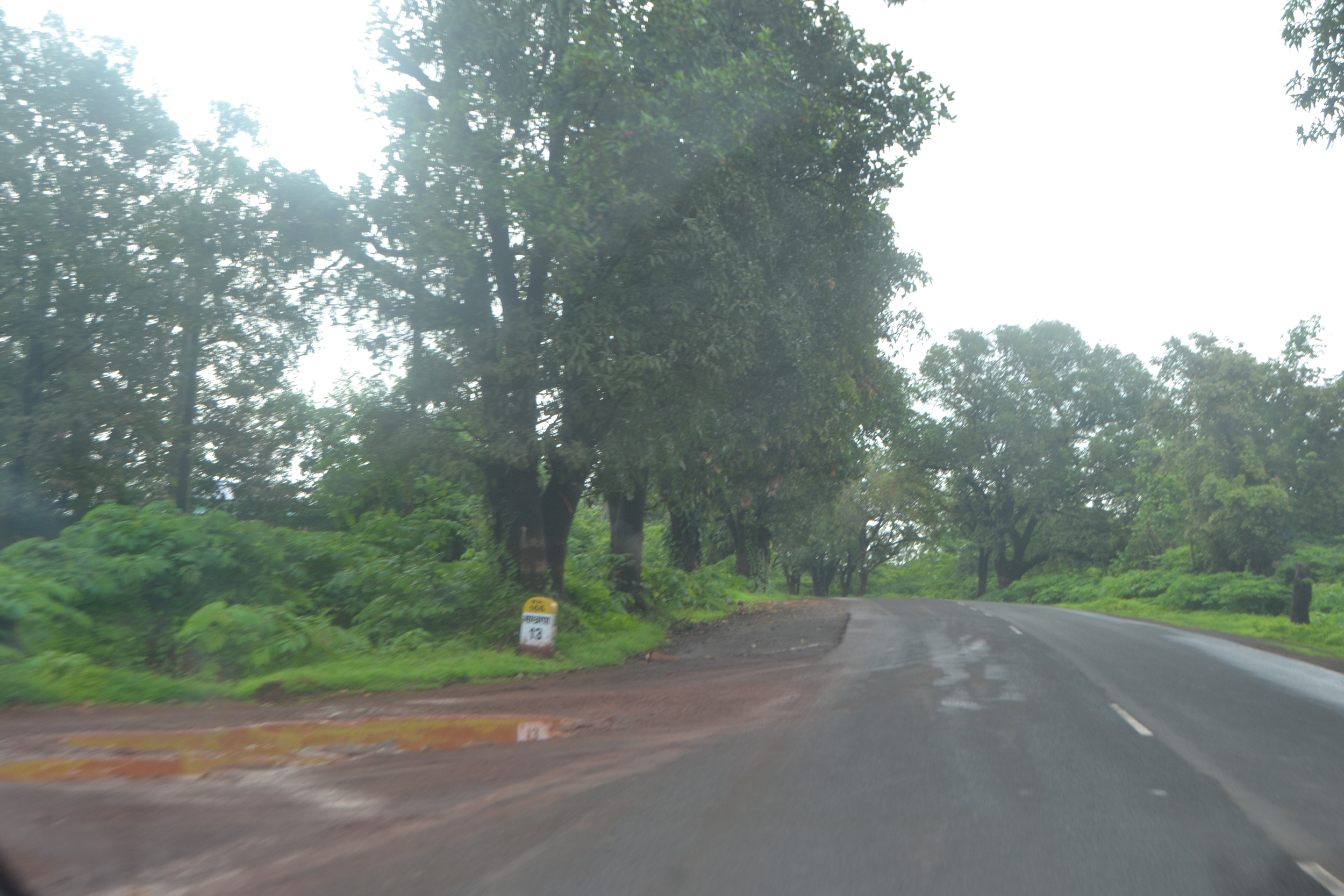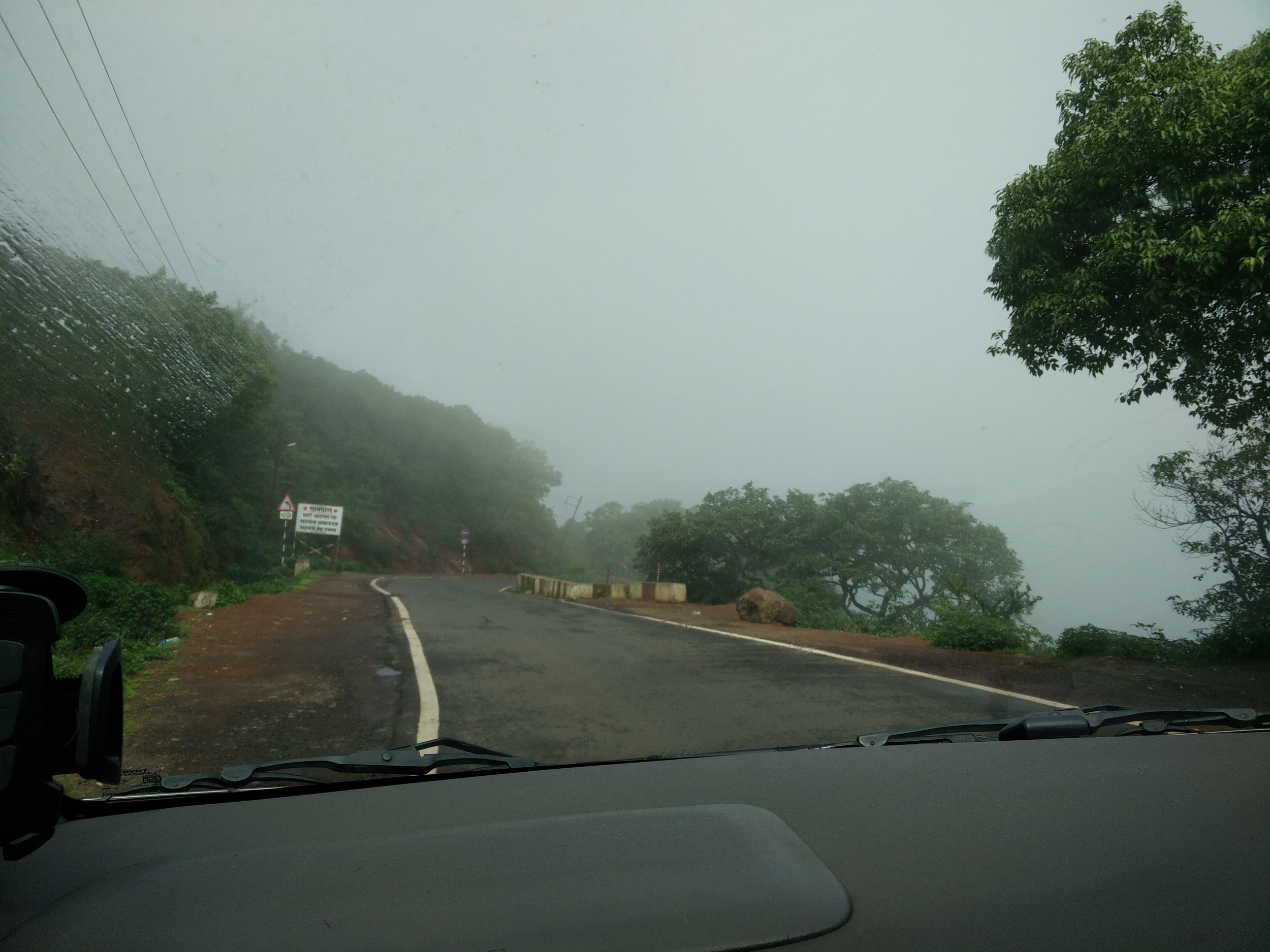In the past month we have driven about 2500 kilometers through six states (New Delhi, Haryana, Rajasthan, Gujarat, Maharashtra and Karnataka) on all types of roads – national highways, state highways, village roads, city roads and non-existent roads.
Navigation has been made significantly easier by Google maps and mapmyindia. For us, the little pre-planning for the trip was possible only because of Google maps. This tool gave us a lot of courage that other than asking the next person walking on the road, finding our way would be not so difficult most of the times and allowed us to make plans. That said, the charm of getting lost is lost in this age of Google maps. So whenever we hear the hopeless declaration 'GPS Signal Lost', we know that we are going to end up on something unexpected - which is not always a bad thing. We ended up on the other side of the grand Gokak falls that had an amazing view of the entire fall and the valley ahead. Using our all knowing GPS maps, we drove to Gokak falls, and at the time that both of us thought that maybe we have been led astray since we seemed to be driving through fields and villages without any sign for a fall, we suddenly found ourselves looking at the fall at a deadend-except that we were on the side of the village rather than the side where the Gokak mill and parking area is. It made for a spectacular view that we may have otherwise missed. There is a joy in getting lost indeed.
There is a sense of comfort in having this crutch especially given the dearth of signage on most roads. It was inconsistent, even on some national highway, that we found key signage for bypasses, intersections, and roads into cities. There have been many turns that we would have surely missed if it wasn’t for Google maps. For those seeking an adventure, it may not be undesirable to miss a turn but for those who are trying to get from City A to city B, these missing signposts may turn out to be a lost half hour or many kilometers lost. So far, we havn’t been completely lost, between Google maps and common sense (once it tried to send us over a wall) we have kind of managed to figure out our way even though sometimes it may be a much longer way or a road barely wide enough for our car to pass.
In India, most often we are able to find someone to ask directions from so getting lost may not be the worst thing. But the lack of signs can affect us in more ways than just making us clueless or lost. Road signs also alert the driver about an intersection, a diversion, or simply a indicate a speed breaker. These vital signs were missing on most highways except a couple of the main NHAI (golden quadrilateral) highways. When we think of road safety in India, we often associate it with reckless driving. But improved road signs may be a simple way to at least alert cautious drivers about possible road blocks or turns or more simply, just provide us signposts regarding our destination.







